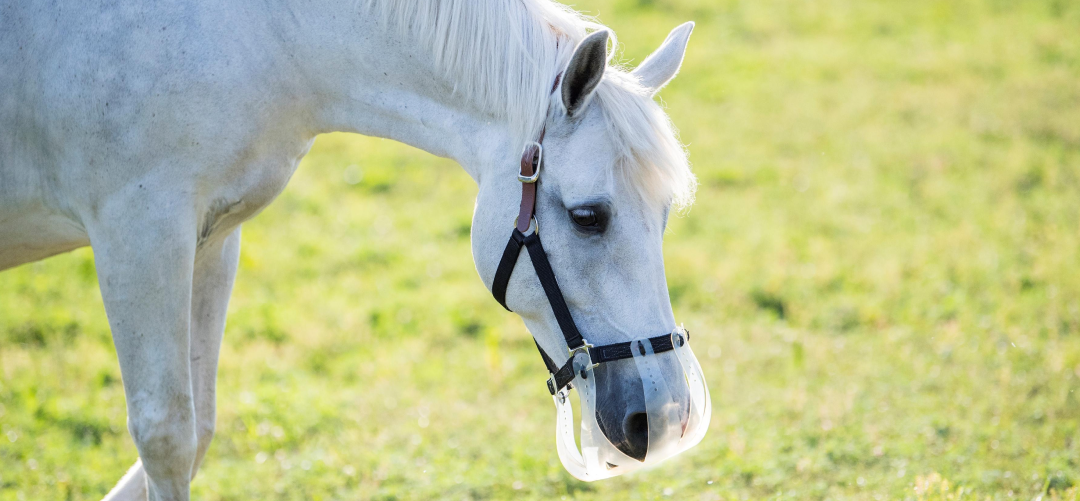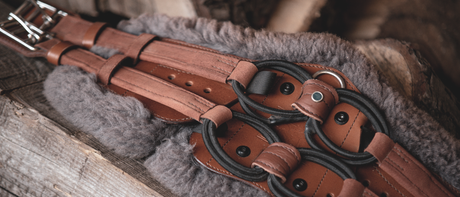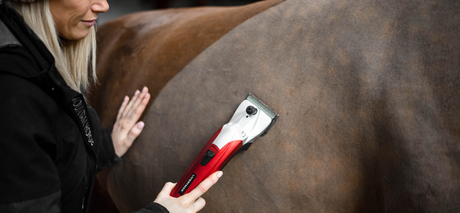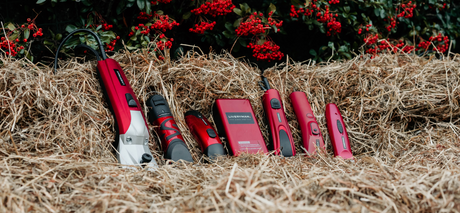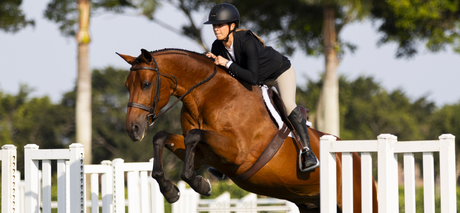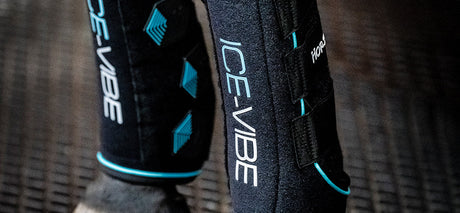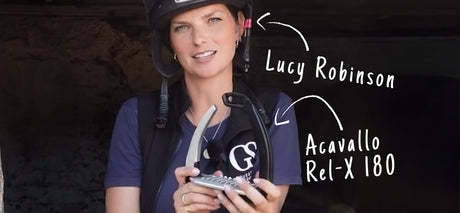Laminitis is a serious and painful condition affecting 1 in 10 horses and ponies across the UK. Prevention is key to reduce the risk. While there is no 'safe' season, it is particularly prevalent in the spring as the fertile grass contains higher amounts of sugars and starches. Here are our top five tips to help reduce the risk of laminitis.
1. Manage Diet Carefully
Avoid feeding high-sugar or high-starch feeds, such as lush spring grass or excessive concentrates. Instead, provide a fibre-based diet with controlled access to grazing, particularly for ponies and horses prone to laminitis. Consider using a grazing muzzle or fencing off parts of your horses field during turnout to reduce their grass intake.
2. Maintain a Healthy Weight
Obesity is a major risk factor for laminitis. Regularly assessing your horse’s body condition and adjust feed and exercise accordingly helps keep them at a healthy weight. If needed, soak hay to reduce sugar content and use slow feeders to encourage a more natural eating pattern.
3. Encourage Regular Exercise
Keeping your horse active helps improve circulation, regulate insulin levels, and prevent obesity. Even gentle, consistent exercise can make a significant difference, particularly for native breeds that are susceptible to metabolic conditions.
4. Monitor for Underlying Conditions
Horses with conditions such as Equine Metabolic Syndrome (EMS) or Cushing’s Disease (PPID) are at a higher risk of laminitis. Regular veterinary check-ups, appropriate medication, and careful dietary management can help reduce the likelihood of flare-ups.
5. Check Hooves Regularly
Early signs of laminitis include a strong digital pulse, heat in the hooves, and shifting weight uncomfortably. Regular farrier visits, along with daily hoof checks, can help detect any problems early and prevent laminitis. Hoof boots are great if you horse does become tender footed.
Subtle Signs Of Laminitis:
 Source: The British Horse Society
Source: The British Horse Society

